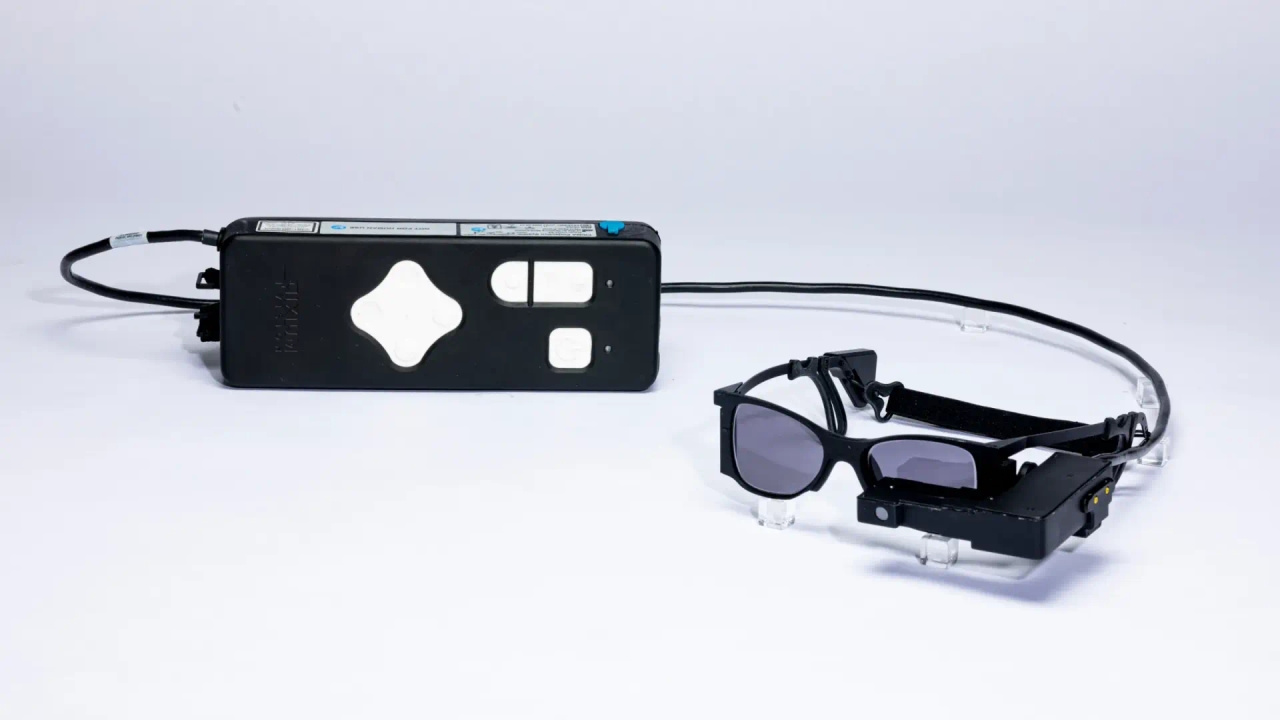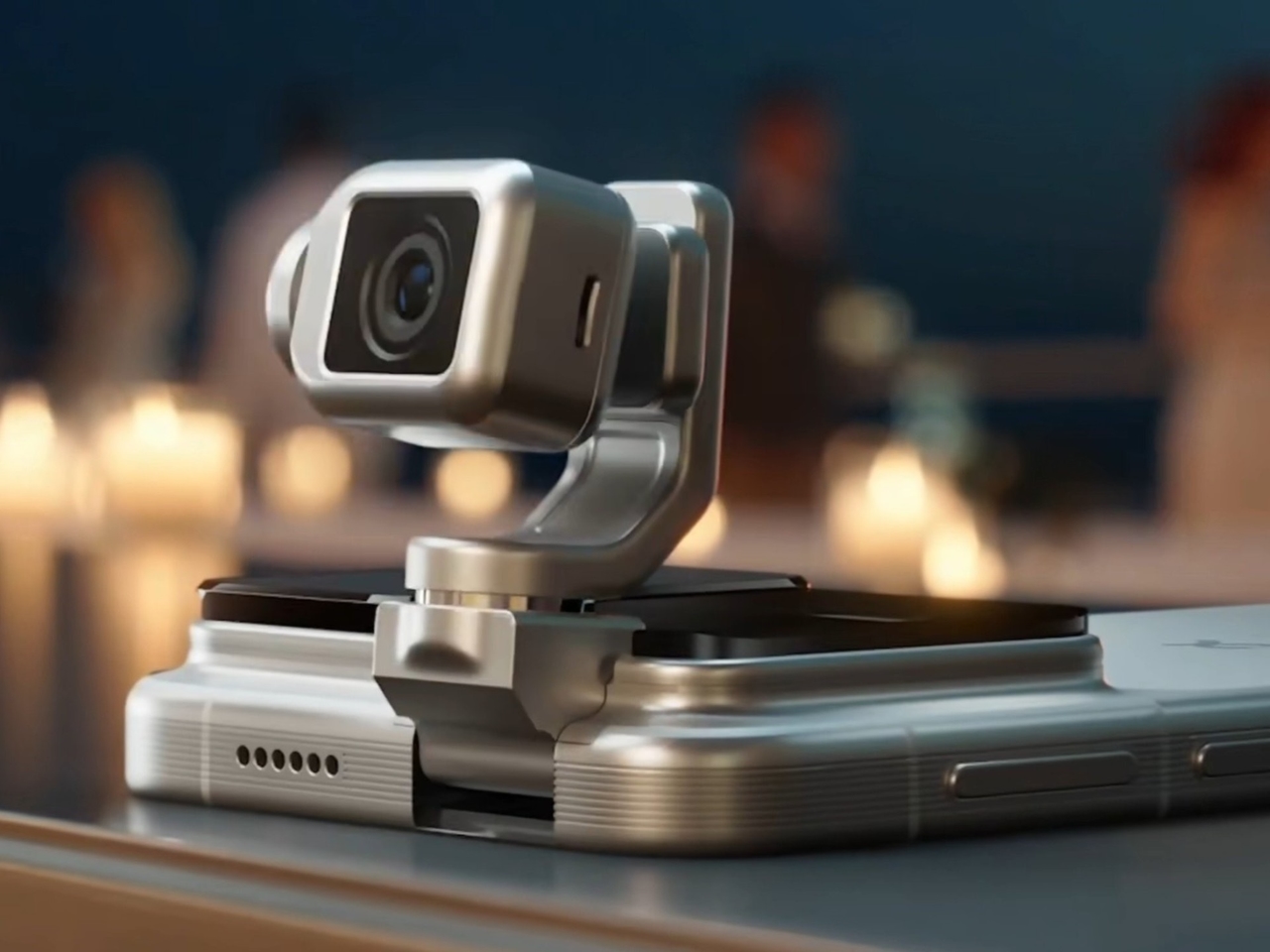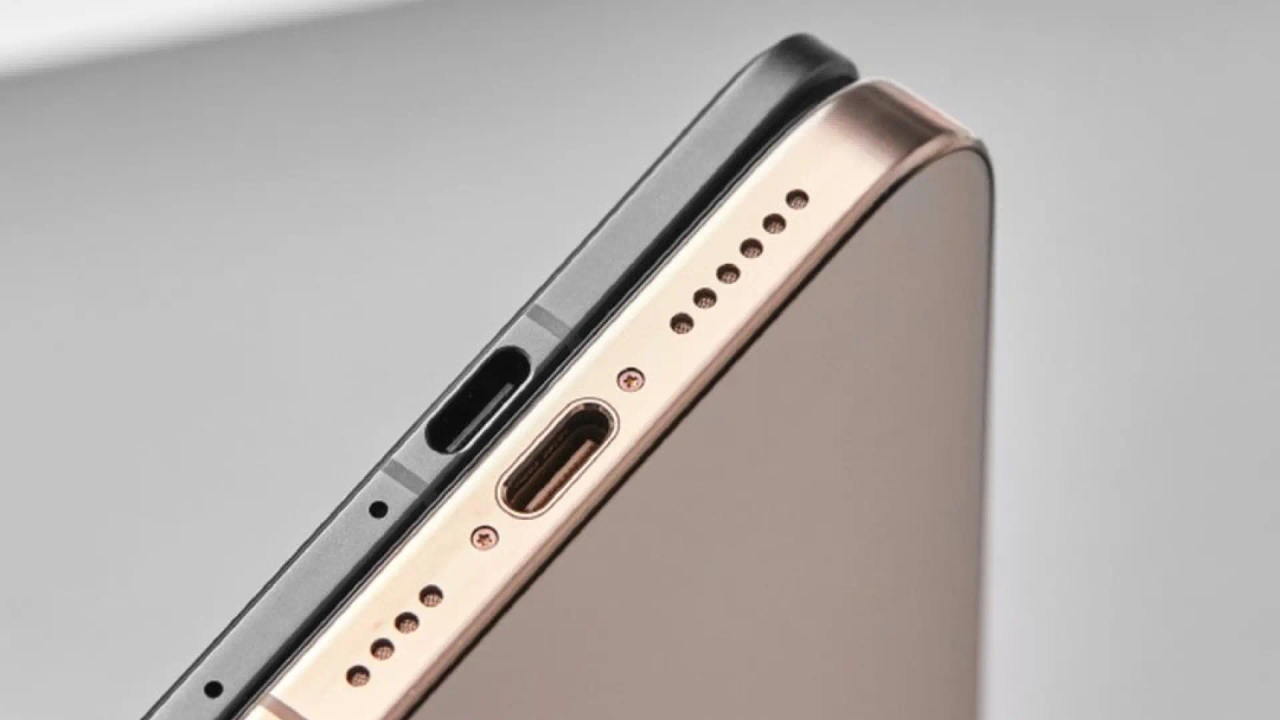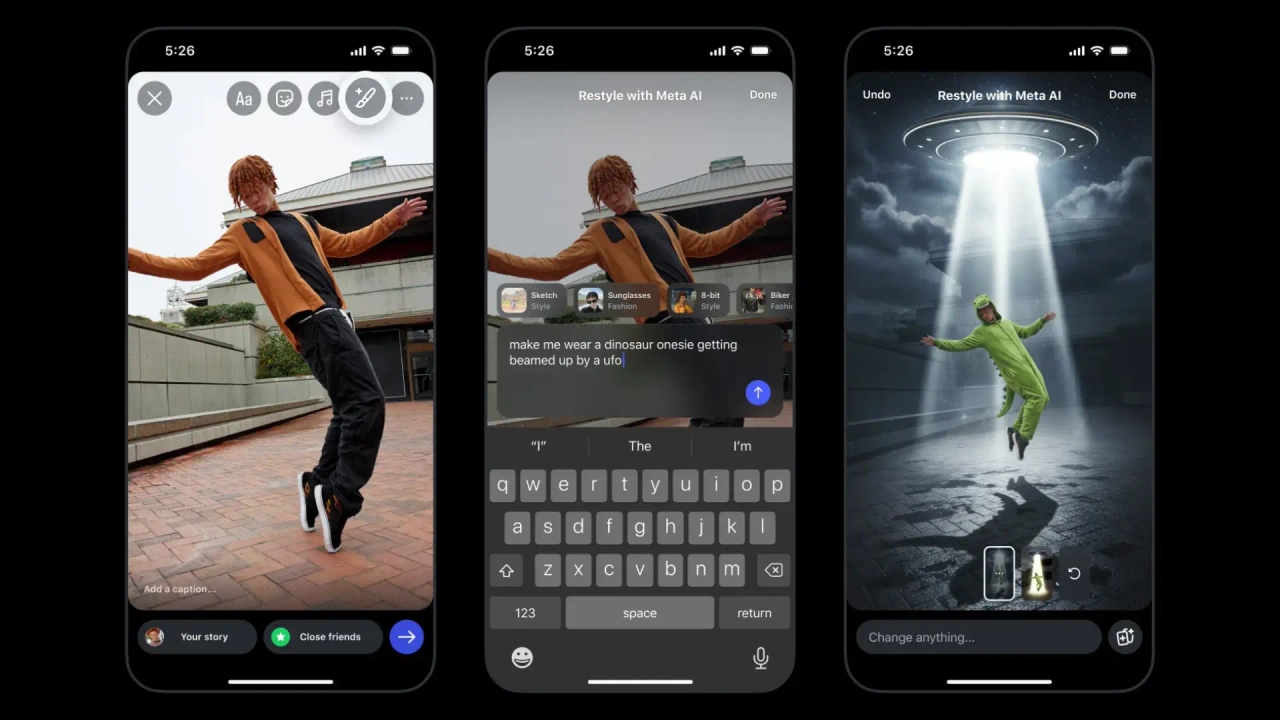Seeing again will be possible: this is the ocular prosthesis that restores vision with a simple implant.

Losing your sight due to eye disease is irreversible, but this could be about to change thanks to a major scientific breakthrough: an ocular prosthesis that has successfully restored vision to blind people suffering from geographic atrophy . This disease is the final stage of a form of age-related macular degeneration (AMD), which affects five million people worldwide and until now has no effective treatment.
Dubbed PRIMA (Photovoltaic Retinal Implant Microarray), this system is the result of more than twenty years of research by a group of European and American scientists. The device combines a small implant in the eye with special glasses , and its effectiveness has been proven in a study with 38 patients from five countries. The results were published in the renowned New England Journal of Medicine .
How the system worksThe trial focused on 32 people over 60 years of age who were practically blind, and after one year, 27 of them regained the ability to read letters, numbers, and words with the treated eye . They explain that the system works with a surgically implanted microchip measuring just two square millimeters, along with augmented reality glasses with a camera. These capture images of the outside world and project them in real time onto the chip using infrared light.
This chip, which is sensitive to light, converts the signals into electrical impulses that the brain interprets as images , thereby replacing the retinal cells that have been damaged by the disease. One of the great advantages of this system is that it requires no cables or batteries since it works with light, making it much more comfortable than other previously invented prostheses.
After surgery, the patients began using the device after a month, and several noticed immediate improvements , although others progressed with training. After a year, most achieved improvements in their visual acuity, even being able to read up to 12 lines more on standard optical tests . Some did experience mild side effects such as eye pressure or small retinal tears, but all resolved within a few weeks without any serious consequences.
The glasses offer a number of functions, such as adjusting brightness and contrast, and zooming up to 12 times. Because of this, according to the study, many patients have been able to read books again, recognize labels, or distinguish street signs . In fact, two out of three patients said they were satisfied with the results and stated that PRIMA improved their quality of life. The device only allows viewing in black and white , although versions that will display different shades of gray and even color are already being developed.
They are also working on chips with higher resolution and lighter, more aesthetically pleasing glasses . This project began at Stanford University and included collaboration with European centers such as the University Hospital of Bonn. According to its researchers and authors, PRIMA could change the lives of millions of people and mark a new era in treatments for blindness .
20minutos





